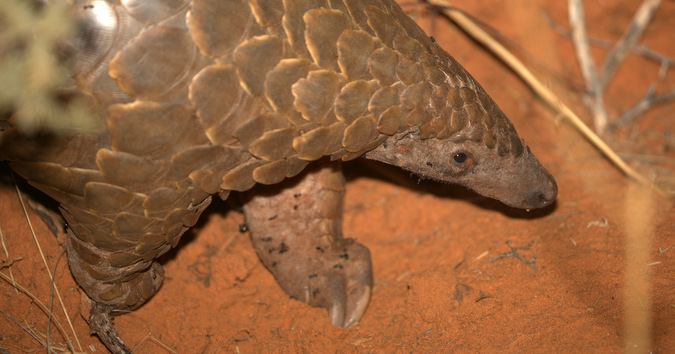
Out among the red sand dunes of the southern Kalahari, with the sun setting on the horizon, you may be lucky enough to find a small armoured creature going about its evening, foraging and scratching around for its favourite food – ants and termites – seemingly oblivious to any human presence.
As a torchlight illuminates his way, ground pangolin ‘number four’ – or Sir Charles as he is fondly called by the guides – is unknowingly helping research to determine the real effects of climate change on the physiology of pangolins and how they might cope with increasingly hotter and drier conditions in arid environments. In the greater scheme of things, this research should hopefully contribute to the larger issue of global pangolin conservation and help to predict how pangolins may respond to climate change in the future. Ground pangolins are also called Temminck’s or the Cape pangolin.
And out there leading this particular research is Wendy Panaino. As part of her PhD at Wits University, she is currently conducting research at Tswalu Kalahari Private Game Reserve in South Africa, situated on the southwest edge of the ground pangolin distribution range. She has been heading out into the Kalahari wilderness practically every night for the past few years to track and monitor one of a number of tagged pangolins, thanks to a VHF receiver and antenna to help locate them.
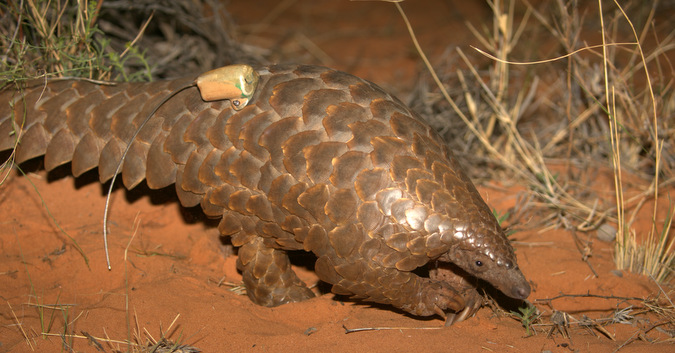
Her research is mainly centred around determining the consequences of climate change on pangolins. For example, pangolins are primarily nocturnal but may shift their activity times to avoid the high temperatures during summer or become more diurnal to avoid the cold nighttime temperatures during winter.
In addition, the impacts on prey availability of specific ants and termites may affect their diet if drier and hotter conditions prevail, as insects are very susceptible to changes in climate and environment. One aspect affecting pangolin physiology and behaviour is increased temperatures, leading to an increase in water requirements and an increase in prey consumption (their main source of water).
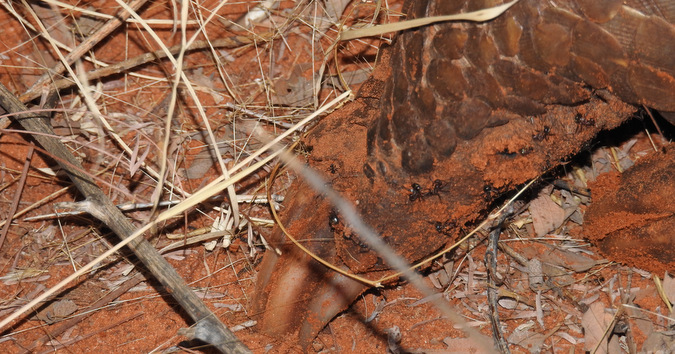
One of four pangolin species found in Africa, the ground pangolin (Smutsia temminckii) is the only pangolin species to inhabit arid environments in the southern African region.
Because not much is known about the physiology and ecology of these pangolins, this long-term, detailed research (a first of its kind for this species) will determine how they may react and cope with increasingly warmer conditions in this arid region. Using miniature temperature data loggers implanted in the pangolin, Wendy has been able to investigate and measure core body temperatures of the pangolins and has documented several interesting behaviours and dietary patterns.
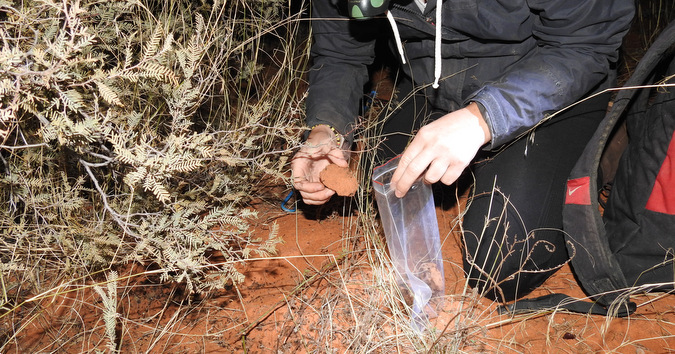
As Wendy follows Sir Charles around, she collects data in the form of ants and termites that he has just fed on, from which she can determine the type of ant/termite species he is eating, the amount of nutrients and water he is receiving in his diet, among other things. She is also observing his behaviour (activity levels, feeding habits, types of ants or termites eaten, distance covered, etc), and the availability of ants and termites in his habitat.
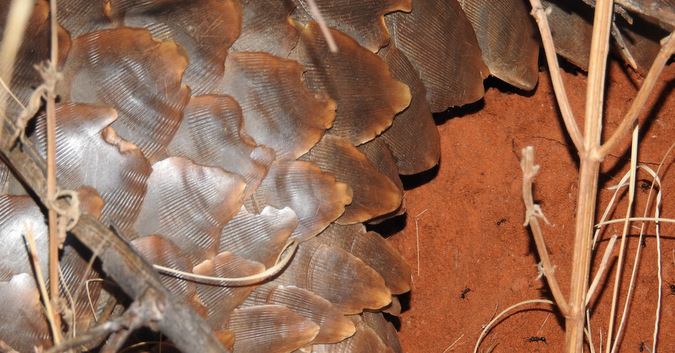
Wendy’s research on a wild population of pangolins at a regional scale will provide valuable information that can be used to ensure the survival of a species that is already severely threatened by the illegal wildlife trade.
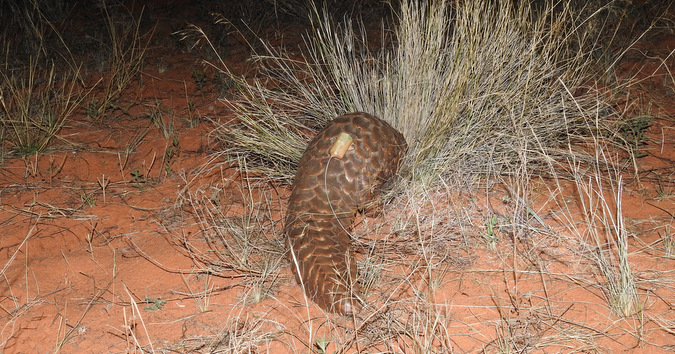
To comment on this story: Login (or sign up) to our app here - it's a troll-free safe place 🙂.![]()






